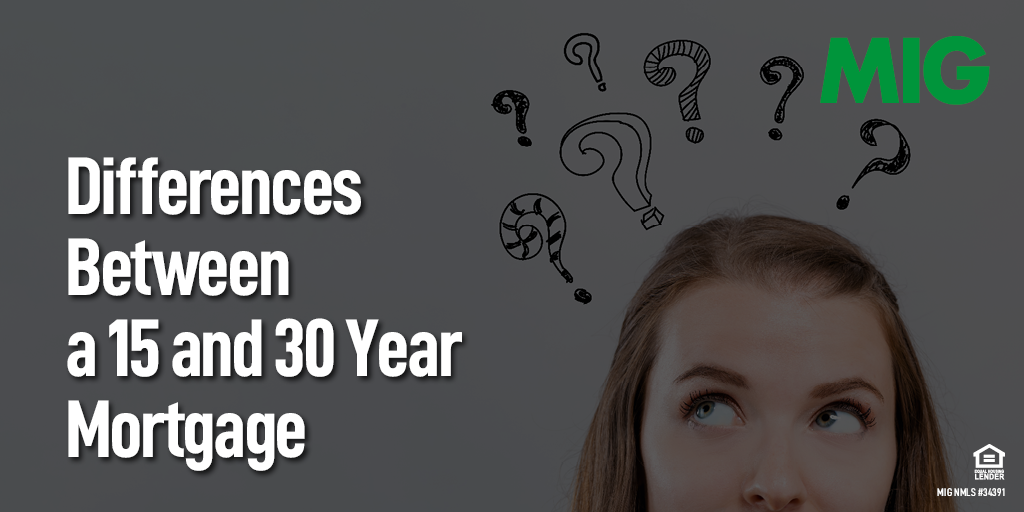
It might seem obvious: a 15-year mortgage lasts for 15 years, and a 30-year mortgage lasts for 30 years. But there’s actually more to it than just the length of the loan. Like most choices when it comes to a mortgage, there are tradeoffs. So how do you decide which loan term is right for you?
15-Year Mortgage: Faster, Cheaper, but Harder to Pay
A 15-year mortgage is both cheaper and more difficult to pay, because of the way mortgages work. In the long run, you save yourself tens of thousands of dollars’ worth of interest, because interest accrues for half the amount of time as it would for a 30-year mortgage. But at the same time, you’re paying a larger amount every month because you’re paying down your mortgage faster. If you want to be debt-free in 15 years, this is a great option. But if you can’t afford the payments on a 15-year mortgage, that point is probably going to be moot.
It also bears consideration that if you want a mortgage, bad credit can significantly impact your terms. A 15-year mortgage may be considered lower risk to a lender because you’re paying more faster, and consequently you may be able to get one even with a worse credit score. That also means that if you do have fairly good credit, the interest rate on a 15-year mortgage is going to be lower because it’s a lower-risk loan.
30-Year Mortgage: Slower, But More Affordable
A 30-year mortgage is what most people think of when they think about a mortgage. It’s a conventional mortgage that’s spread out over a long time, so the monthly payments are lower. But the interest rates are generally higher than a 15-year mortgage, and you’re going to pay a lot more in interest.
Some people theorize that they can pay off a 30-year mortgage faster by increasing their monthly payments, rather than getting 15-year mortgage. This can be a viable strategy, because you always have the option of returning to your regular mortgage payments. You can even get a year ahead in mortgage payments and have a year without them at all.
15-Year vs. 30-Year: By the Numbers
To really understand what we’re talking about, let’s look at a $125,000 mortgage loan with a 20% ($25,000) down payment:
- A 15-year loan has a monthly payment of $682. The total cost will be $146,684 with an interest rate of 3.4%.
- A 30-year loan has a monthly payment of $464. The total cost will be $190,993 with an interest rate of 4.1%.
Obviously, interest rates matter, and you would need to compare your own. In the example above, the 15-year mortgage absolutely saves money in the long run. However, the monthly payment for the 30-year loan is just 68% of the total monthly payment for the 15-year loan.
You must take your personal finances and long-term goals into account when deciding whether a 15- or 30-year mortgage is right for you.
![Mortgage Investors Group in [Dynamic1]](../assets/images/mortgage-investors-group.svg)


